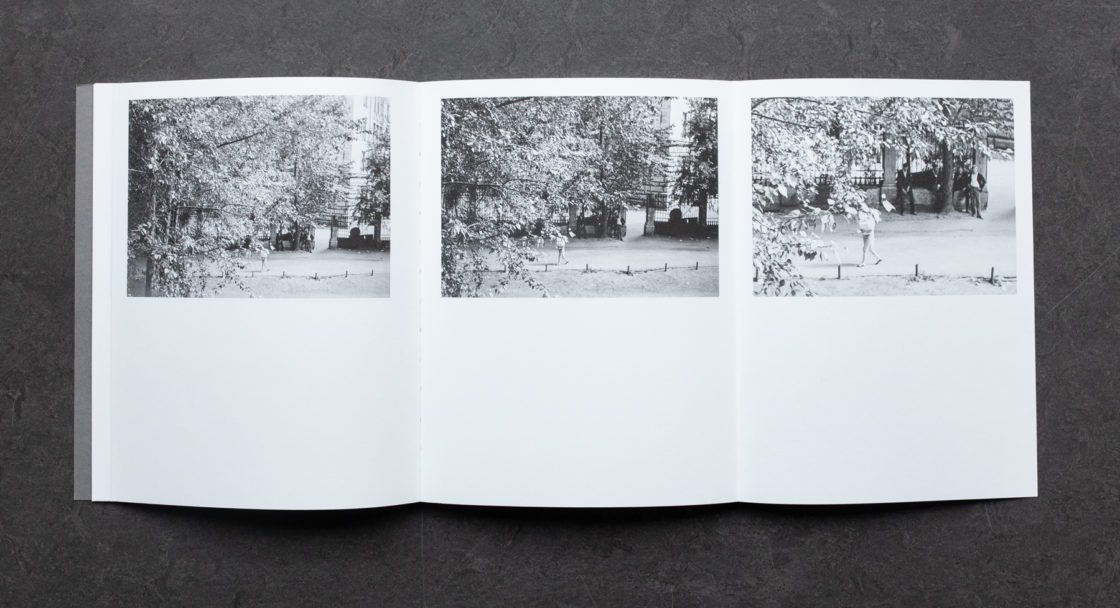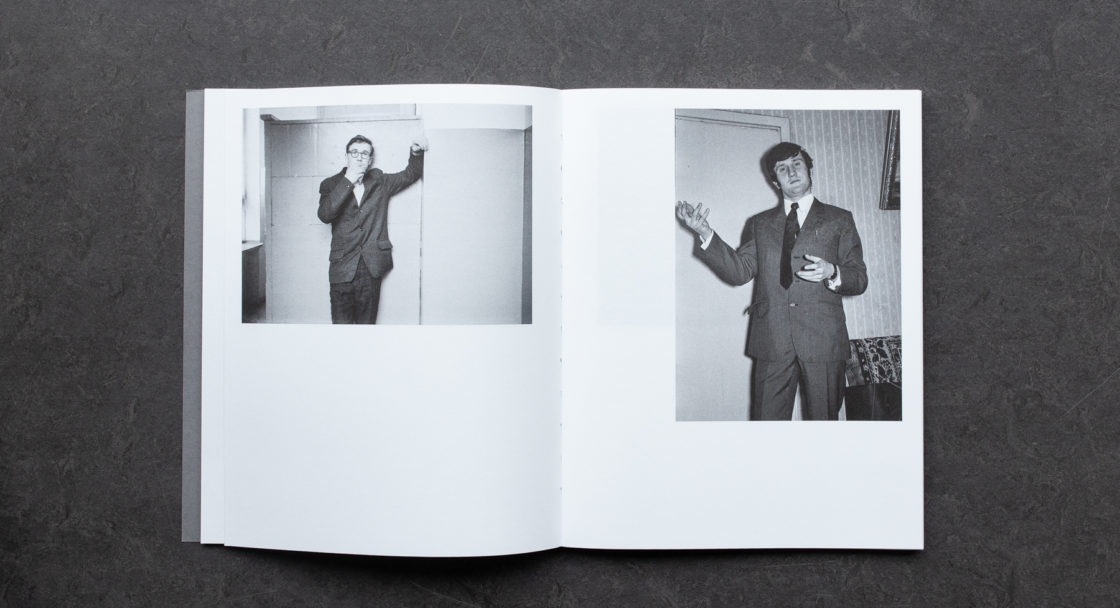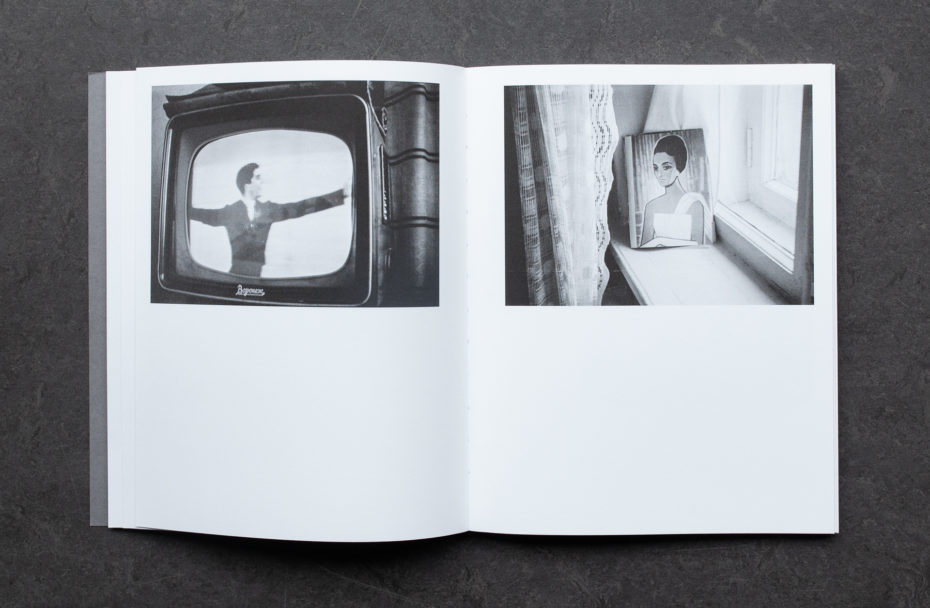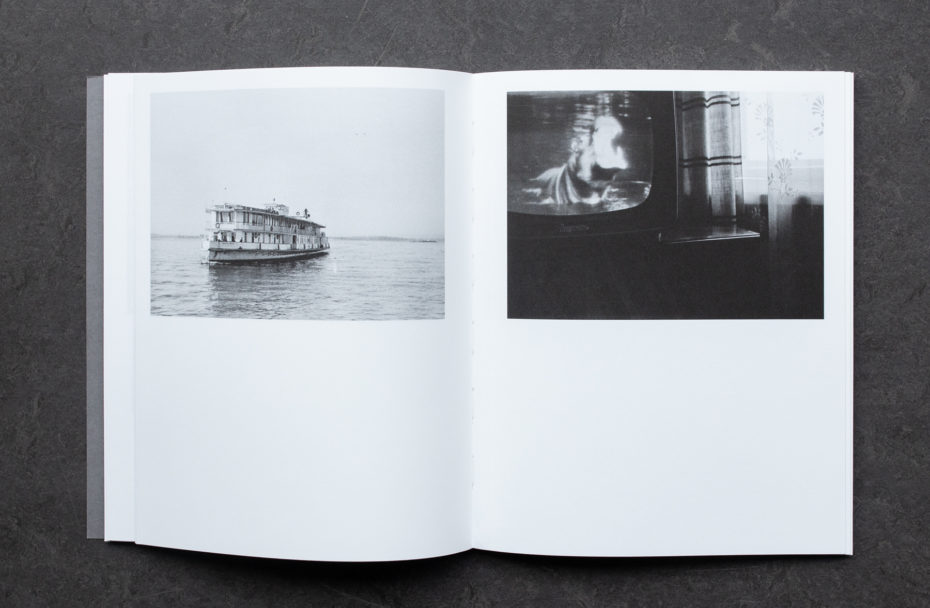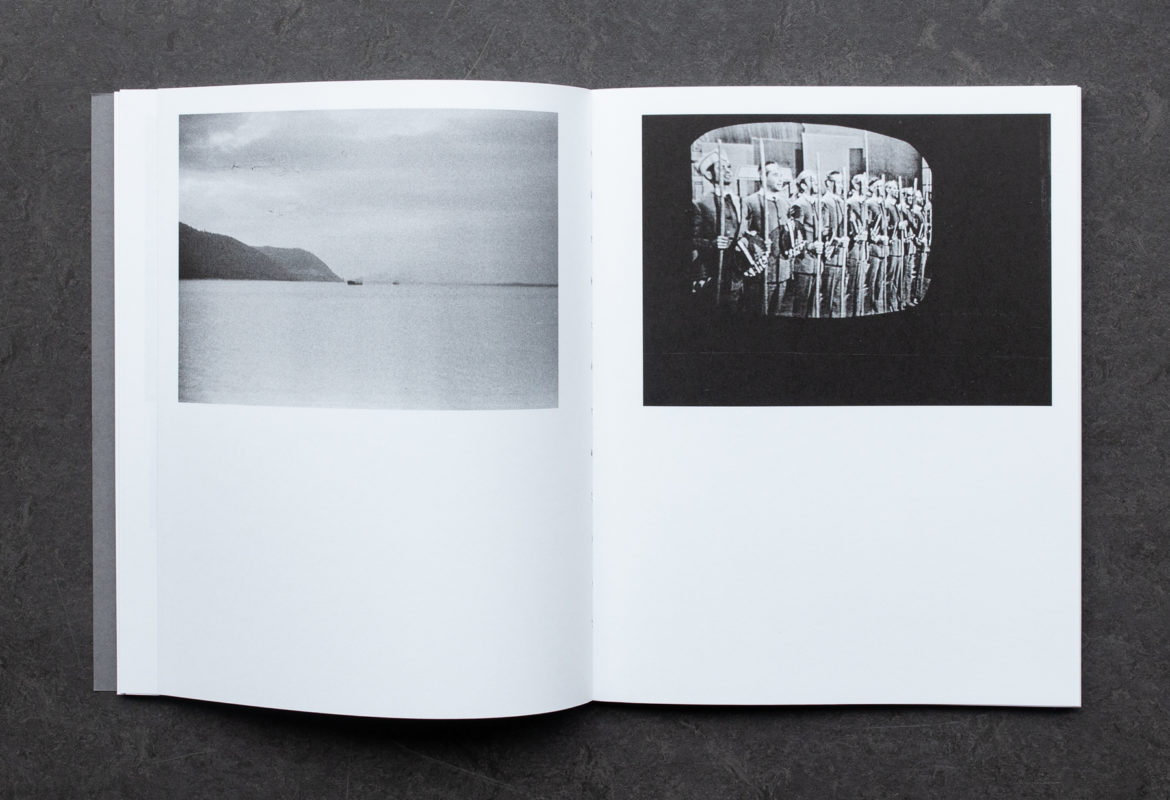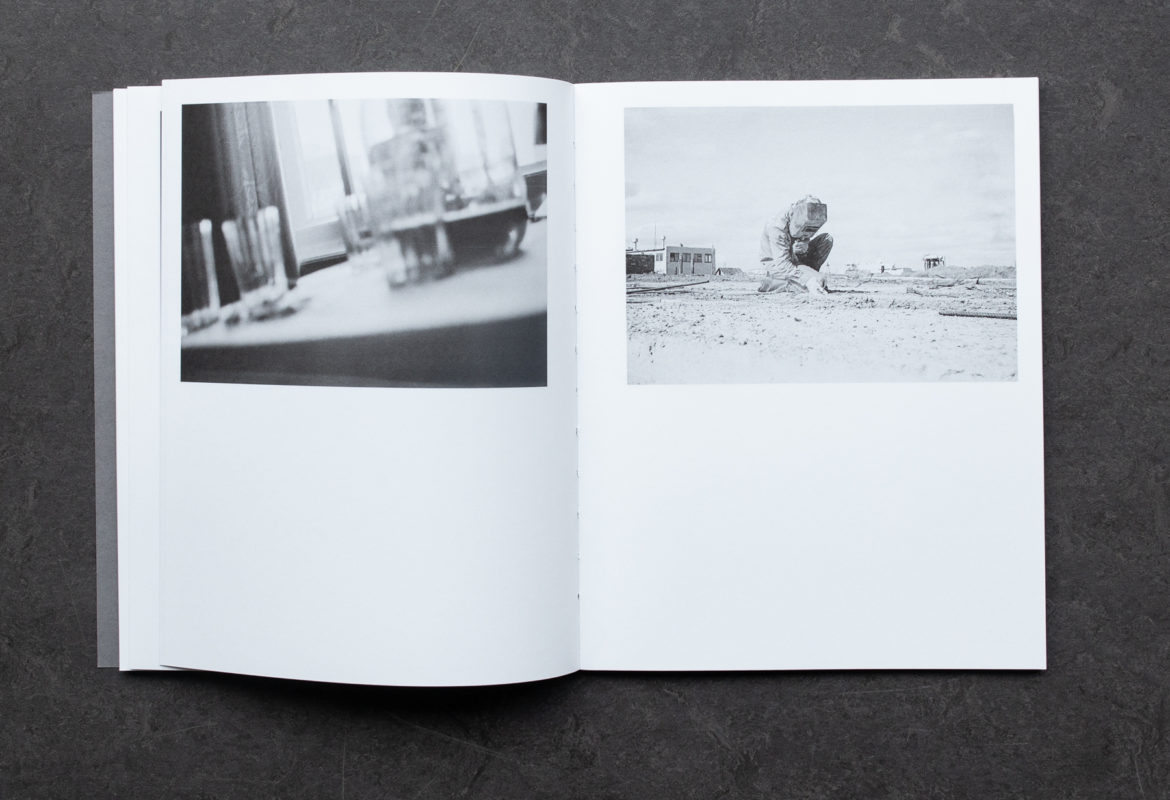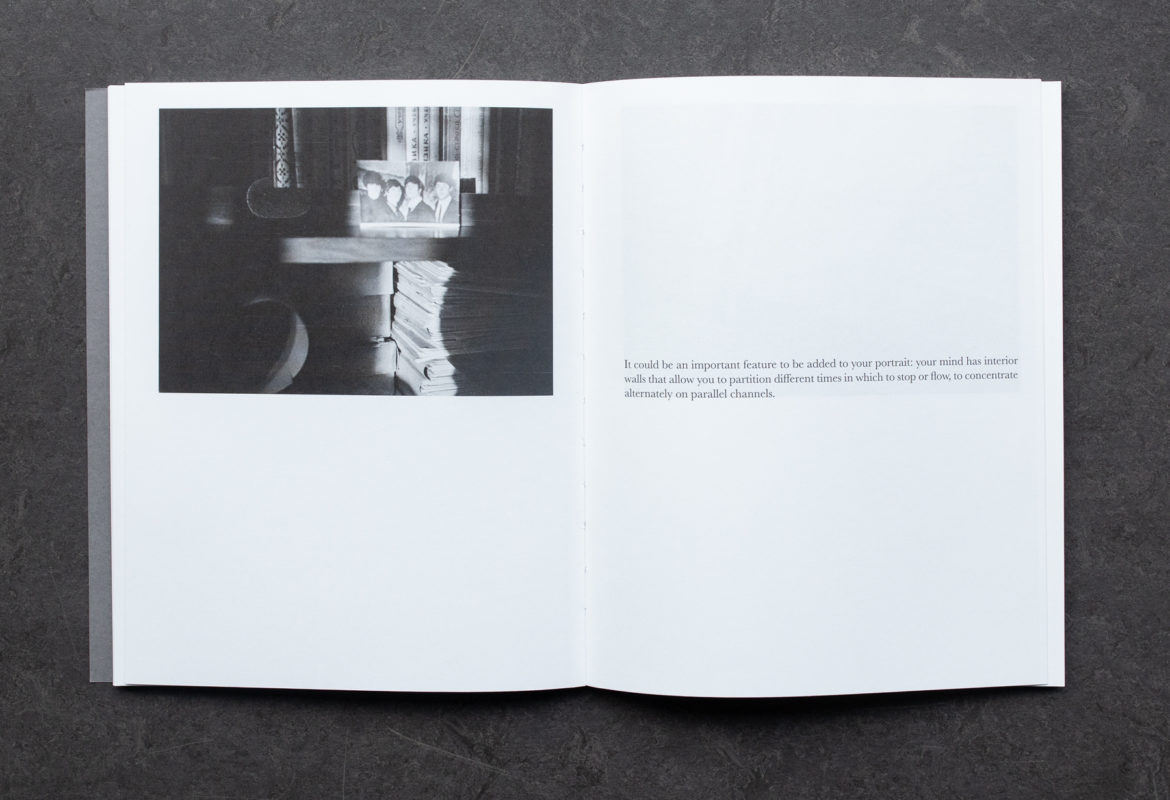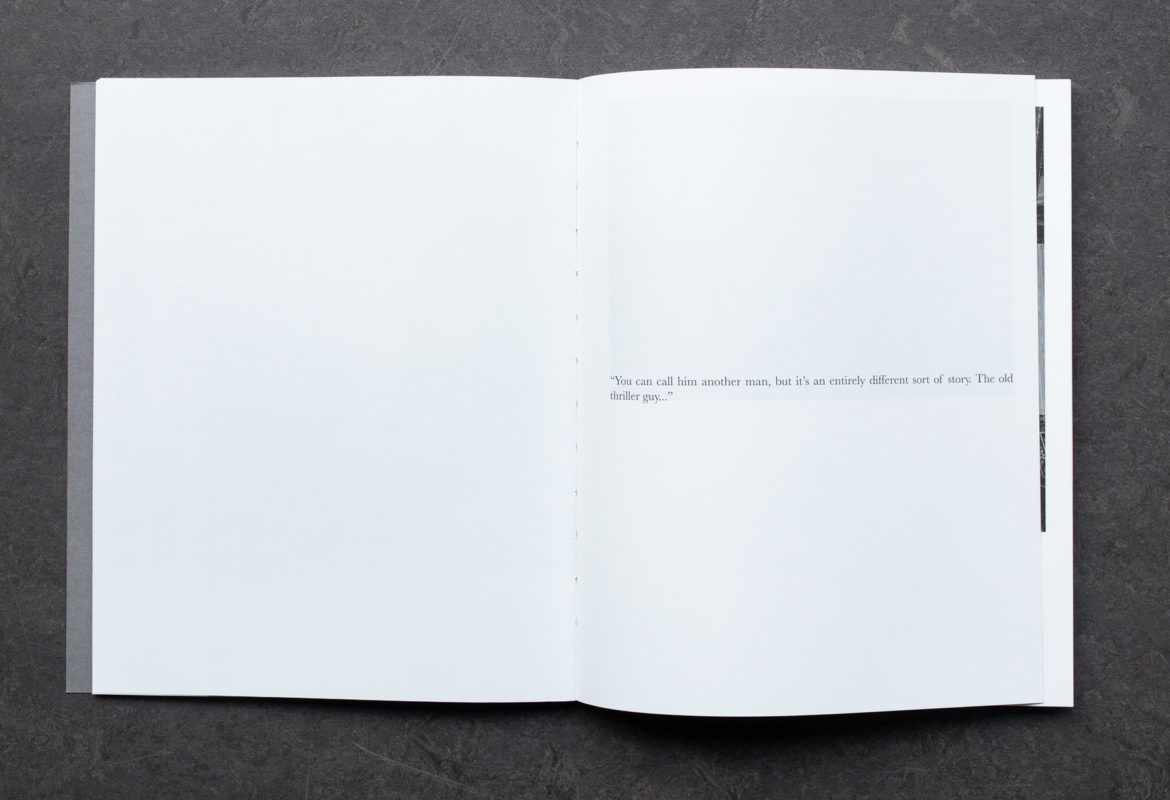Maria Kapajeva, artist
You can call him another man, published by Kaunas Photography Gallery, 2018
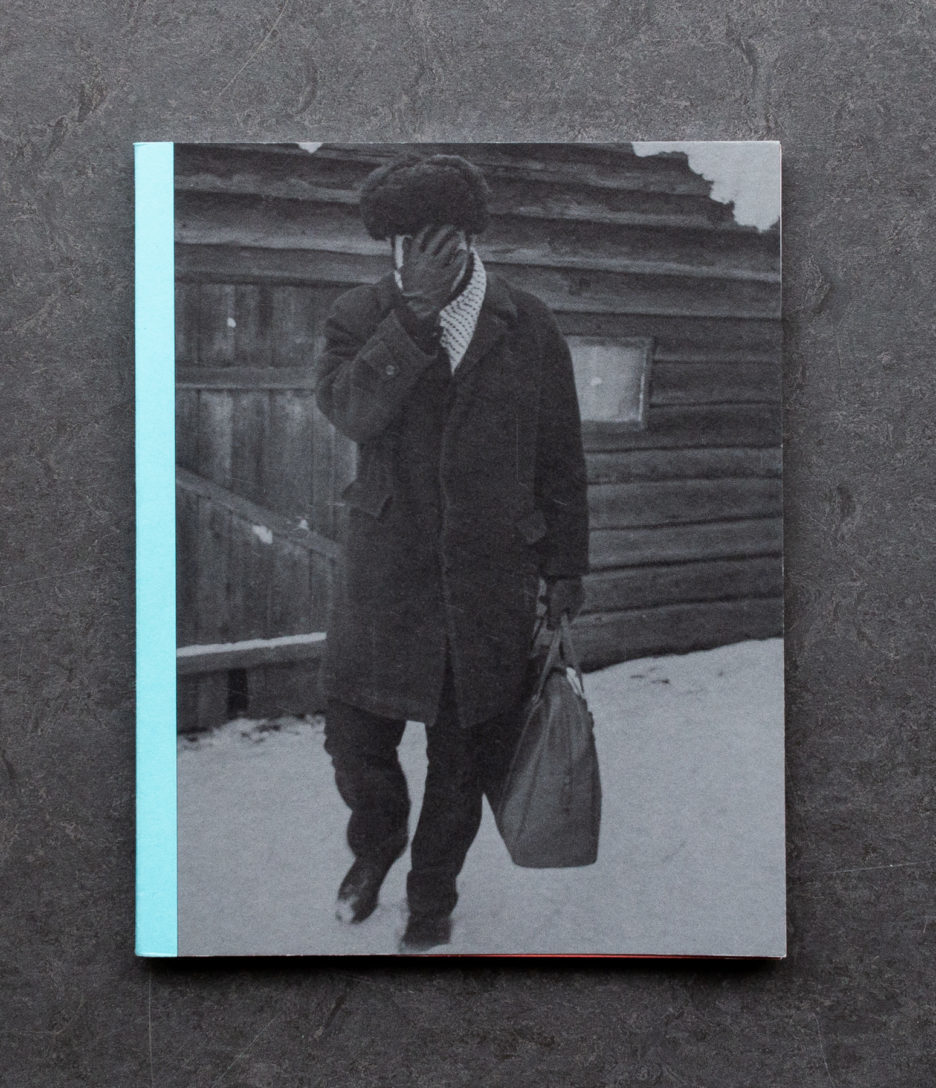
Maria Kapajeva work is focused on photography, video, print making, installations, textile. Focusing on the politics of images projected on all of us without our consent, she often looks at those in movies, advertising, media and she questions how they form our identities and what is left unspoken about it. Kapajeva uses a multidisciplinary approach in her practice by moving across site specific installations, video, photography and publications, often being inspired by narratives as conveyed through research, meetings, personal interactions, materials and objects she finds. She appropriates and deconstructs the found often looking for stories that have been considered unimportant or sidetracked. Working with installation and object-based art Kapajeva often embeds found objects and images into unique pieces using various printing and stitching techniques.
The project You can call him another man, started with a box of negatives Maria found at her parents’ house a few years ago. There were about 200 processed and unprocessed films, shot by her father. She excavated their contents, delving deeper into the lost images of her father’s life, to create her own stories by using these photographs he took before his marriage to her mother and her birth. She let herself enter into the world of a young man she never knew, and find connections in what possibly cannot be connected with the help of Italo Calvino’s words from his novel If on a winter’s night a traveler.
With this book Maria Kapajeva continues her artistic exploration of questions about found images and archives, and how a coincidence can lead to a new narrative that does not relate perhaps to the real events in these photographs. It is her way to build up ‘a possible portal between an unfinished past and a reopened future’. In this work Maria continuously plays with narratives by offering every time a new one. The visual stories she created in the book using her father’s images and Calvino’s words exist only in the book with this order. Every time she exhibits this work, she creates a new narrative and display from the same images and words which often respond to a set up theme, if any, and a space she exhibits in. Sometimes, as part of the interaction, she invites people to contribute and create their own narratives from the images and a selection of quotes, thus, she offers the visitors to be active participants in formation of the histories, stories and displays in the specific space and time.
On her website, she created a tool, which offers visitors to get a new layout with every click.
Could you identify some constants in your work?
I am often inspired by the stories or objects people share with me. If they resonate with me and I can relate to them, through that strong connection with my own story, I try to see if any visual work I can create about it. In my work I enjoy to combine words and images giving them equal space and playing with the new meanings, which potentially can come up by mixing those two. In regards of the images, I often seek for those in non-existed archives, if I may call them like that, or non-official archives, such as family albums, flea markets, the Internet, cinema, where I could trace some patterns and repetitions for my ideas.
How did you find out about Aby Warburg’s work?
I have heard about Atlas long time ago and he was truely a pioneer in his times.
How would you define an Atlas?
I would like to answer this question by not defining what it is but by remembering an atlas in my life. I don’t know if in other countries pupils have at their schools atlases, but we had them during my times. They were like an open book to the whole world, sometimes even to the universe. What was fascinating is how the planet was defined differently depending on criterium. Even the lands and the oceans stay at the same place on the pages, but their descriptions, colours and borders were different depending on if it was a political map, or a climate zones’ map, or an ocean currents’ map, or a world minerals’ map. It was clear to me then that all those borders and definitions are quite symbolic and relative – the planet doesn’t have any, but it is people who make these divisions. So, atlases were very important part of my childhood’s discovery of the world through visuals.
In your work, do you identify formal or conceptual recurrences such as repetitions and disruption, distance and proximity, identity and migration, conflict and colonization?
This is a very big list to tackle with very different themes. Short answer: yes, I do. For instance, repetitions are quite visible in my various works, so the patterns also.
In your work, what is the balance between image and text?
I treat them equally important.
Thinking about Warburg’s ‘good neighborhood rule’, what are the books that underpin your project?
Italo Calvino ‘If on winter’s night a traveller‘ (This book, as the whole Calvino, is so visual to me that I would put it into the list of visual associations next to my book. Also, the structure of the book and even lack of it in a way, was truly inspiration to me for You can call him another man)
Chris Marker ‘La Jetee’ as a book (it is very different experience to look at this book than to watch the film. Here as a reader I am more in control of the speed of Marker’s narration and I enjoy that difference).
Vanessa Winship ‘She dances on Jackson’ (the experience of this book and narrative Winship build up with every page is special, quiet but precise, gives a lot of space to imagine)
Anna Fox ‘ My Mother’s Cupboards and My Father’s Words’ (it is a brilliant and inspirational sample of combination images and words)
Maria Kapajeva is an Estonian artist, who is based in London, UK. Her work was internationally exhibited including the most recent: Lithuanian Gallery of Photography (2020) and Estonian Museum of Design and Applied Craft (2020), Latvian Museum of Photography (2019), CBS Digital Art Space (Denmark, 2019), RIBOCA Biennial (Latvia, 2018) and Kaunas Photography Gallery (Lithuania, 2018). In 2018 she won the Runner-Up Award at FOKUS Video Art Festival, Denmark and in 2016 she got a Gasworks & Triangle Network Fellowship to work at Kooshk Residency in Tehran. Kapajeva’s first artist book You can call him another man, published by Kaunas Photography Gallery, was shortlisted for Aperture Photobook Award 2018. Her second book Dream Is Wonderful, Yet Unclear is just published by Milda Books.
